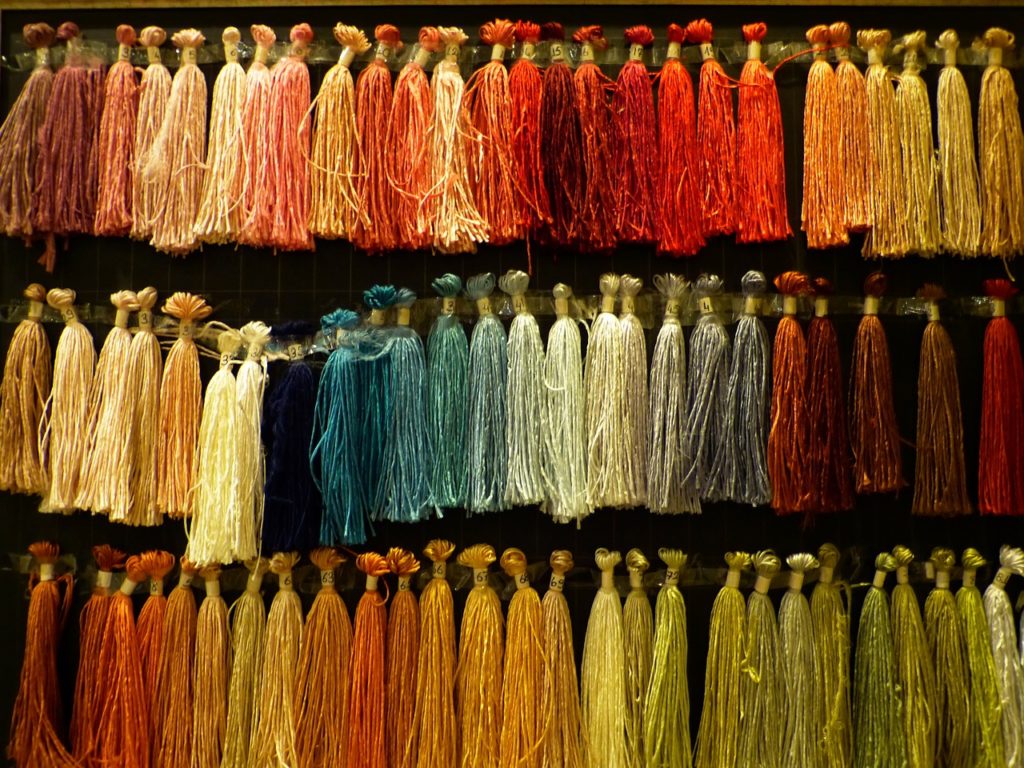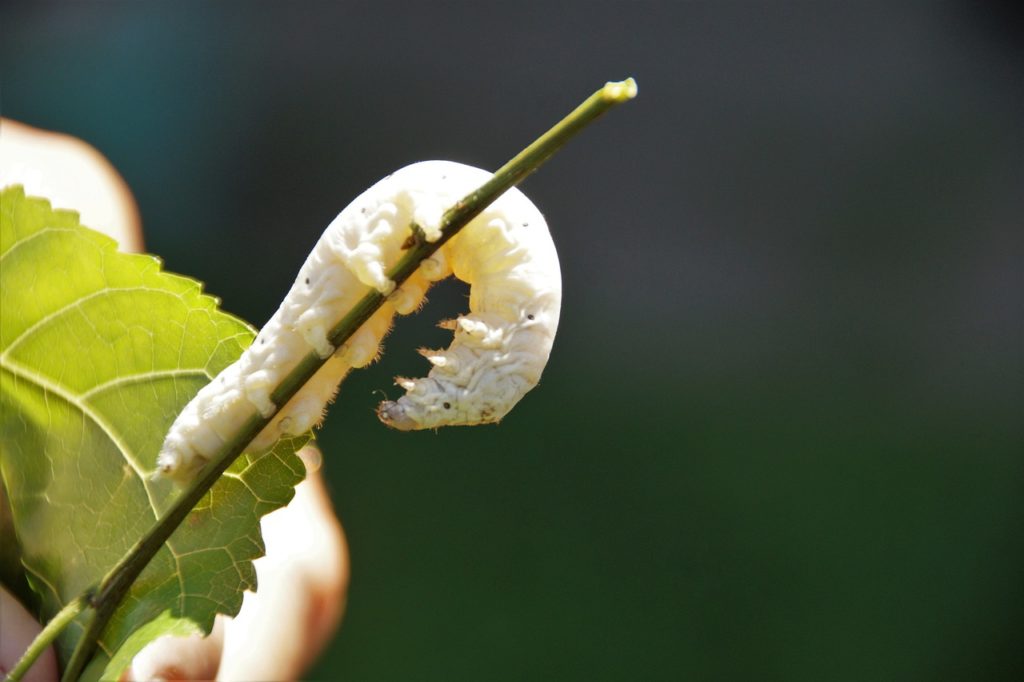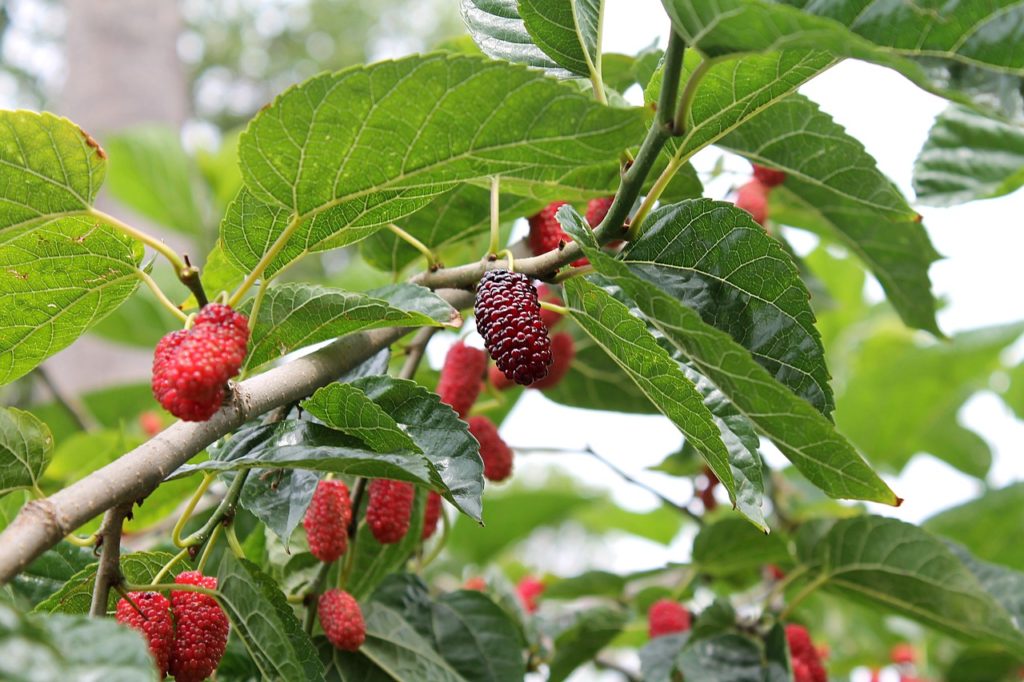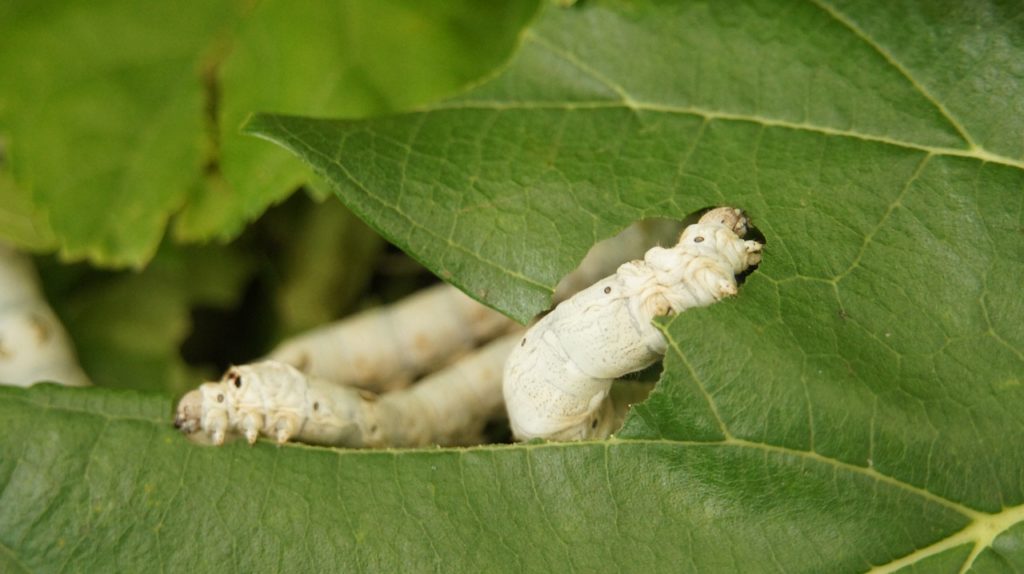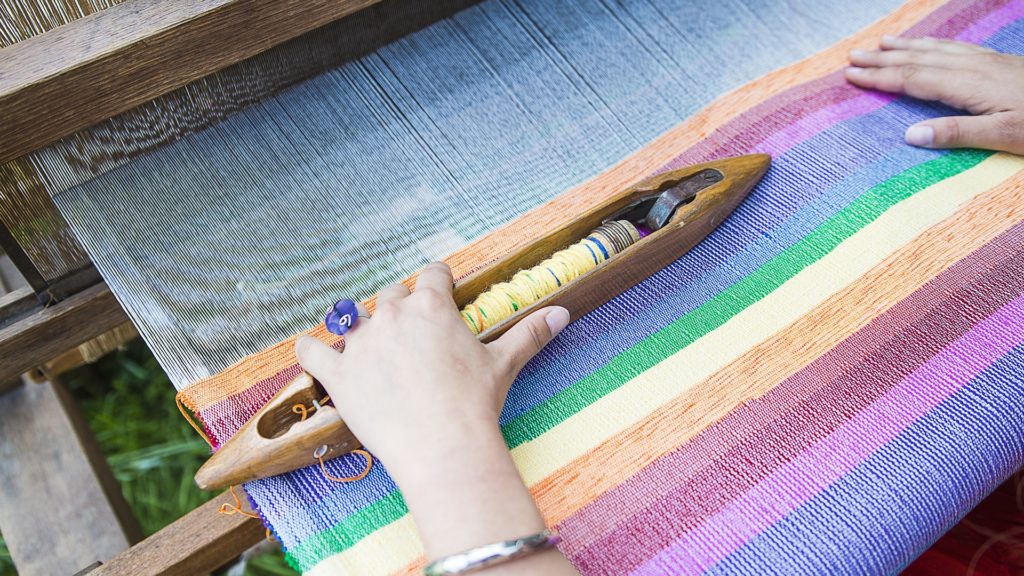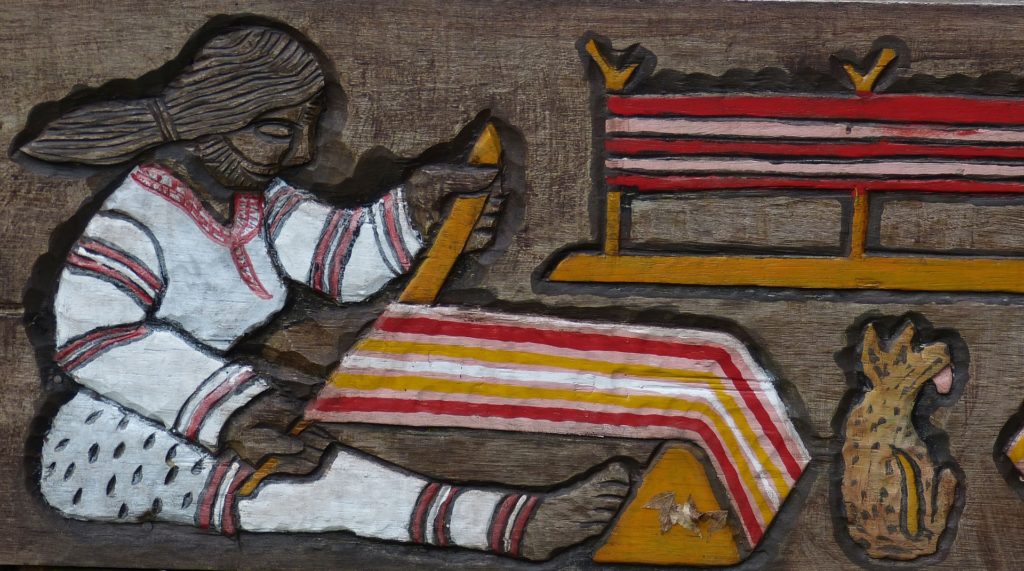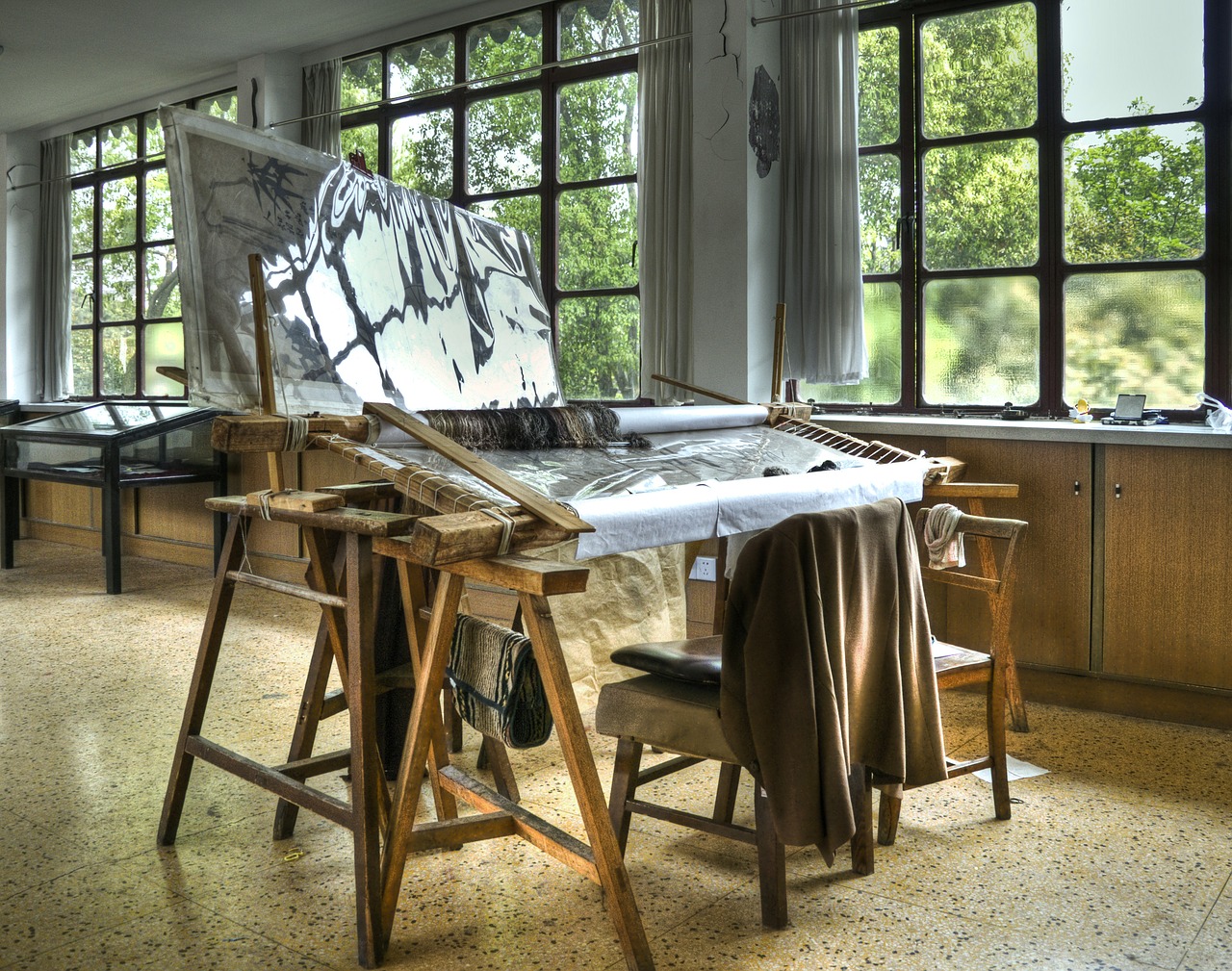
The Ancient Art of Lao Silk Weaving
A landlocked country bordered by Vietnam, Cambodia and Thailand, Laos is often neglected on the large tours of Asia but offers visitors a land bursting with vibrancy. Silk weaving in Laos combines a rich culture that dates back centuries with a modern feeling of community amongst the women of the country. Weaving is a colourful way of expressing individuality and ethnic diversity whilst honouring spiritual connections and Lao mythology.
Experiencing the silk weaving industry in Laos is a journey through the strands of time and modern calamities that have nearly extinguished this highly-skilled craft.
The Origin of Silk Weaving
The ancient traditions of weaving in Laos can be traced back over 1,200 years to the migration of the Tai-Lao people from modern-day Southern China. They brought with them the art of silk cultivation and weaving that had been practised in China for centuries. Upon their arrival in Laos, the migrants encountered the indigenous Mon-Khmer groups, primarily in the southern provinces of Laos, who already wove cloth with cotton and hemp. This initial blend of cultures has developed over the centuries into the ethnic diversity in silk weaving we see today.
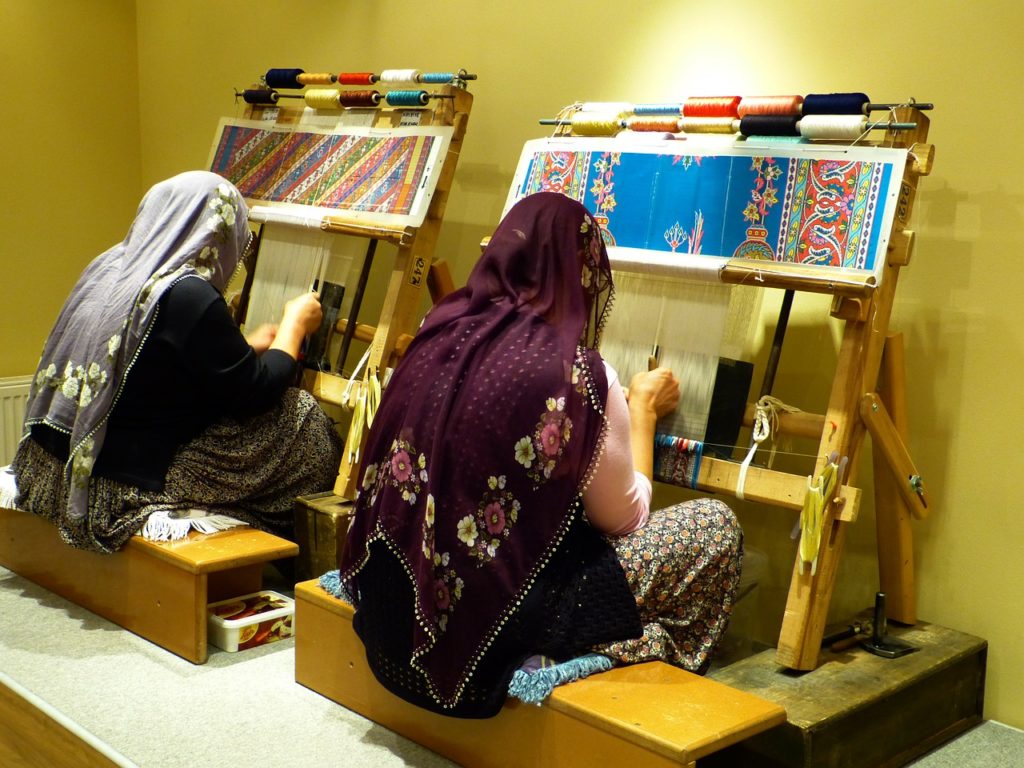
Silk weaving was a home craft exclusively carried out by women, historically only amongst the upper class. Daughters of the working class could rarely be spared from the rice fields to learn the intricate and time-consuming art of weaving. Weaving skills would be passed down from mothers to daughters who then pass down their weaving skills through the generations. The textiles created would be used around the home, for special occasions and spiritual ceremonies.
Contemporary silk weaving is carried out by all classes of women and is a highly-valued skill in modern markets.
Techniques, Materials and Motifs
The techniques and materials used for creating the stunning final textiles have changed very little over the past 1,200 years. To create the unique soft Lao silk the process begins with the humble mulberry tree. Arguably one of the most important stages in Lao silk weaving, the mulberry tree plays a vital role in the rearing of silkworms as their only food source. The mulberry tree is carefully planted and grown to ensure the leaves and berries are of the highest quality when picked.
The leaves of the mulberry tree are fed to growing silkworms who live for roughly 24 days in specially designed climate-controlled huts before they begin to form their cocoon. The silkworm cocoons are harvested between 5-7 days of their maturation, long enough to allow for silk formation but before the moths inside have a chance to eat it. To harvest the silk the cocoons are cleaned (the fibre removed is later used for pillow stuffing) and soaked in boiling water to loosen the strands before up to 100 of them are pulled together to make a single thread.
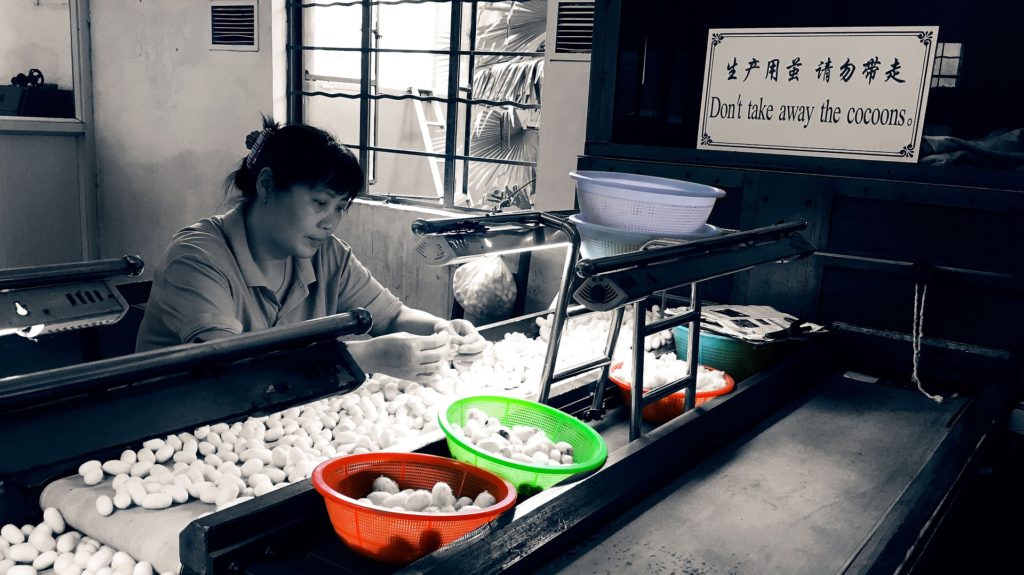
The silk threads are almost ready for spinning, but first, they need to go through a texture treatment to create Laos’ famous soft silk. The thread is soaked in rice water overnight to aid colour absorption during the dyeing process before being rinsed and dried overnight. The thread is then boiled for a second time which ensures any leftover gum from the cocoon is removed. Finally, the silk threads are spun together and are now ready for dyeing and weaving.
Natural dyes with ingredients such as indigo, mulberry fruit and tamarind are used on the silk for rich tones exclusive to the individual pot of dye mix made at any one time.
Silk weaving in Laos is still carried out by hand and requires skill, patience and dexterity to achieve the complex designs created over many months. Two different loom types are used in the weaving of silk, ethnic groups originating from the migrations in the 8th century favour an upright loom whilst the Mon-Khymer people use a backstrap/body tension loom.
